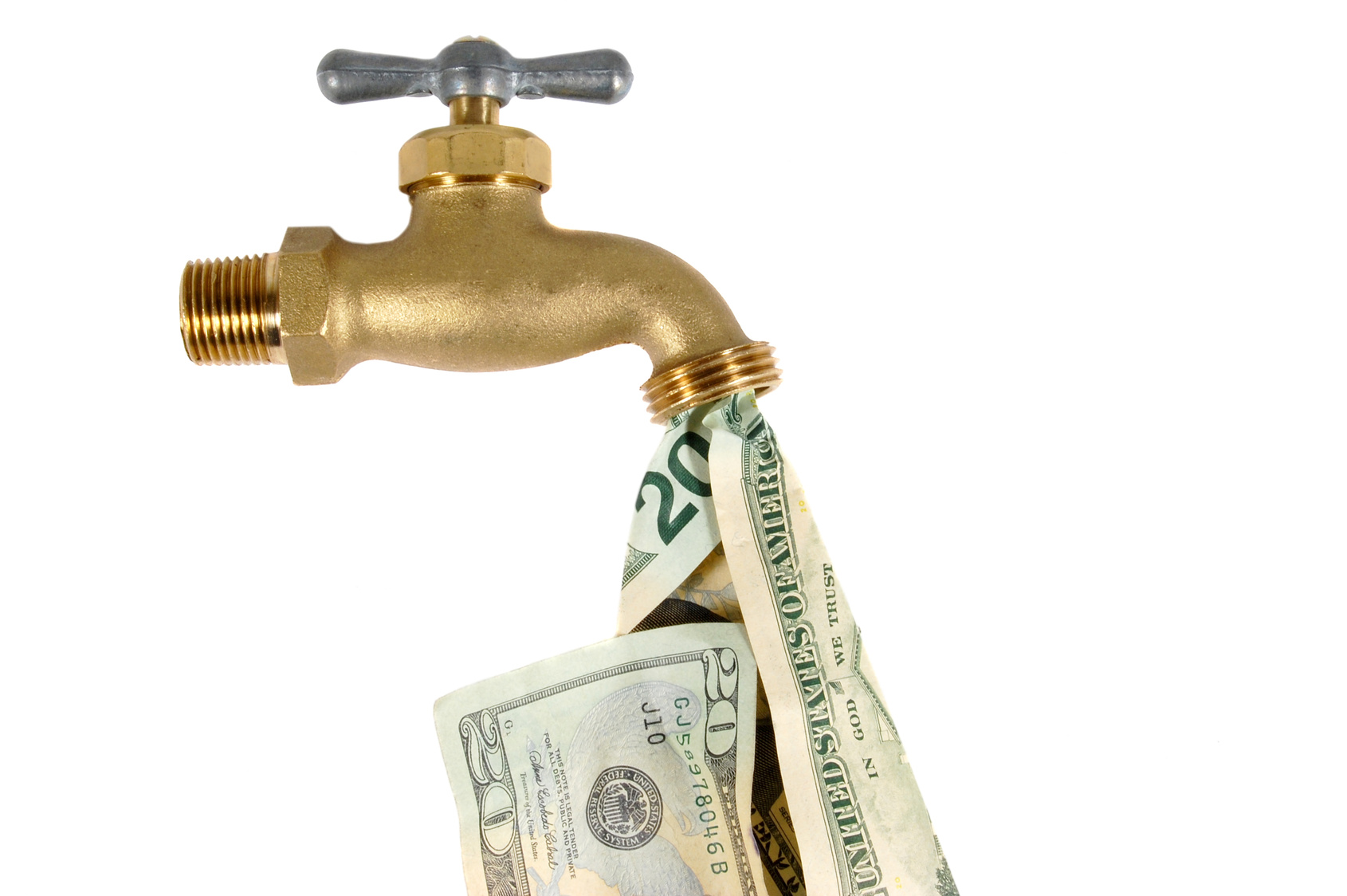Accounting
Best Practices for Managing Cash
The word cash is starting to get a funny ring to it, isn’t it? Like “davenport”, “slicker” or “billfold”. Coin and paper currency are fading into the background of modern finance and appear only most frequently in movies about heists or shady ...
Feb. 17, 2017

The word cash is starting to get a funny ring to it, isn’t it? Like “davenport”, “slicker” or “billfold”. Coin and paper currency are fading into the background of modern finance and appear only most frequently in movies about heists or shady international transactions. However, the concept of cash management remains as vital as a heartbeat…because that it what it is for a business – its life blood. Liquidity keeps commerce flowing.
So, what is the best approach to cash management? The real answer is that there is no “right” answer. Your Banking and Finance 101 professor would disagree, but the best cash management strategy may not hinge on a weighted average cost of capital calculation. It must also consider the inclination of the business owner to “mess with the money”. My HP-12C (yes, I still have it) may say the NPV analysis indicates the best use of funds is in capital markets, but my client may be a whole lot happier parking the sum in three separate money market savings accounts at three financial institutions in amounts just under the FDIC insurance maximums.
However, there are general guidelines that satisfy the professor and the owner. Companies need a good relationship with a commercial banker at a reputable financial institution. He or she provides solutions for depositing, investing and borrowing of capital. A company may be able to minimize fees, maximize rates and extend availability of credit by coordinating its banking relationship through a designated provider.
How does a business owner pick the right bank?
- Consider Bank stability – this is best measured by the quality of the bank’s assets and capital adequacy. Refer to the FDIC website at www.FDIC.gov for a searchable list of bank performance.
- Look for physical presence in the community – are they literally there when you need them? Many banks have closed their smaller regional offices and centralized into larger cities. Think about whether it matters to your client to have access a human banker and not the 1-800 number.
- Review the bank’s level of sophistication – will it satisfy the company’s needs if it grows? Evaluate the needs of larger companies in your client’s industry. What banking needs did it have later in its life cycle? Think about that up front and avoid a difficult transition later.
- Check out the bank’s online capabilities – does it interface with the accounting system? Many still do not. Poor interfaces can cost companies plenty in labor grind in the accounting department if all they can get is a .csv file download.
OK, you have picked a bank, what do you order from the menu?
- Short-term cash deposit solutions – pick a checking and savings. Pay attention to monthly transaction maximums, balance requirements and maintenance fees. Review the business’s typical average balance and number of monthly transactions. Choose the account that best aligns with those. Use a short-term savings account to segregate funds that can be used during leaner income cycles or for periods of larger operational cash requirements. Manage short term cash balances between the checking and savings to maximize interest income, but with rates on savings account so low, this may not be a high priority for the owner.
- Short-term borrowing needs – get an operating line of credit – access to short-term funding can save your bacon. Cash forecasting is never perfect. Limit the use of the line to funding expenses that will be more than covered by income within the next few months. Most banks require a line “rest” for 30 days each year.
- Longer-term cash solutions – when a company enjoys a surplus of cash, the owner can consider:
o Staring at it – The client feels it took a long time to generate cash and is not ready to convert it to anything else. In this Find an account that is completely liquid and has the highest interest rate and no fees. Watch FDIC maximums.
o Putting it to work – Investment may be the best option. The owner may consider capital markets investment options (stocks, bonds) or may choose to put the funds back into the company as capital expenditures. Low interest rates can make this path most attractive for many operators.
o Handing it out – If the company has met its own financial goals and has enough emergency cash to survive a market downswing (recommendations for cash reserves range from two months to six months of operating expenses) it may be time to reward the company stakeholders.
- Long-term borrowing is most appropriate for the acquisition of long term assets like buildings or equipment. A company with a healthy cash balance can more easily access debt from their financial institution.
The best cash management solution is a blend of smart BAFI (banking and finance) calculations and what feels right to the business owner. Create a partnership with a good banker and have access to a successful, living, breathing cash management strategy.
———–
Beth Melcher is the founder of MoneyFit, a small business consulting firm in Traverse City, Michigan. She specializes in workflow efficiency and has more than 20 years’ experience in banking, product management and QuickBooks integration. She can be reached at beth@bemoneyfit.com.
